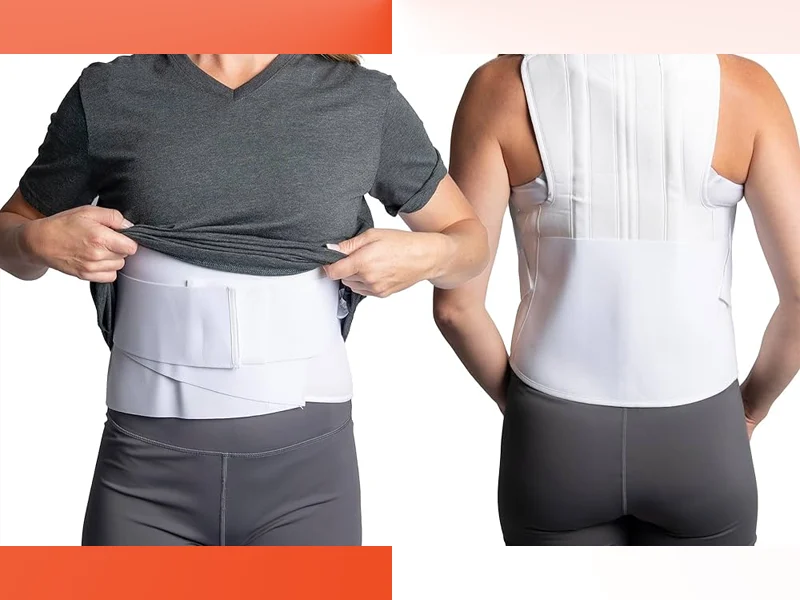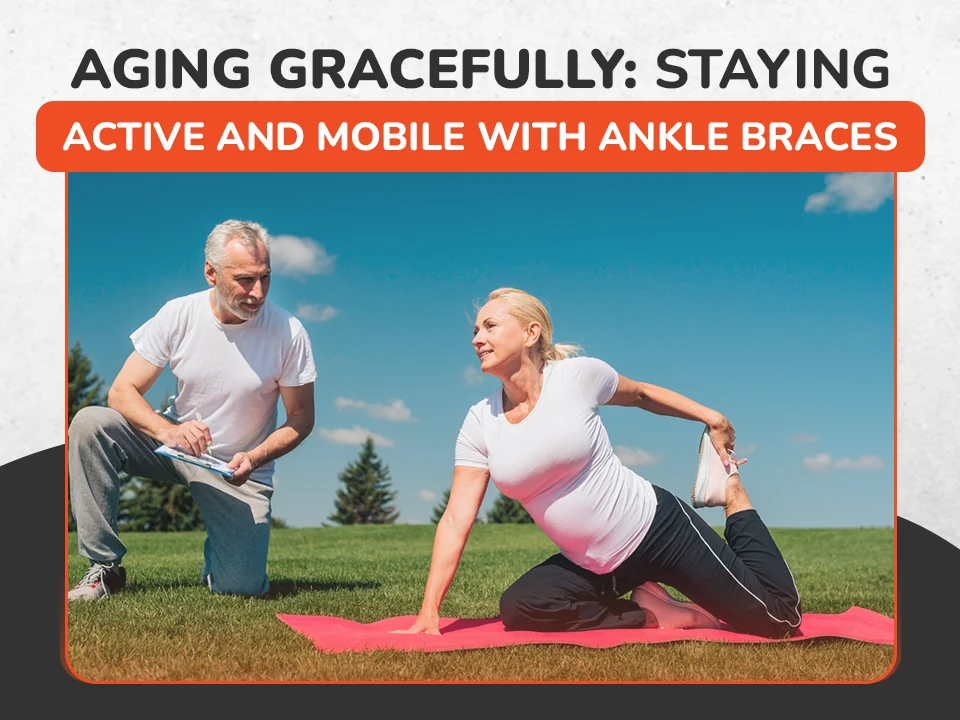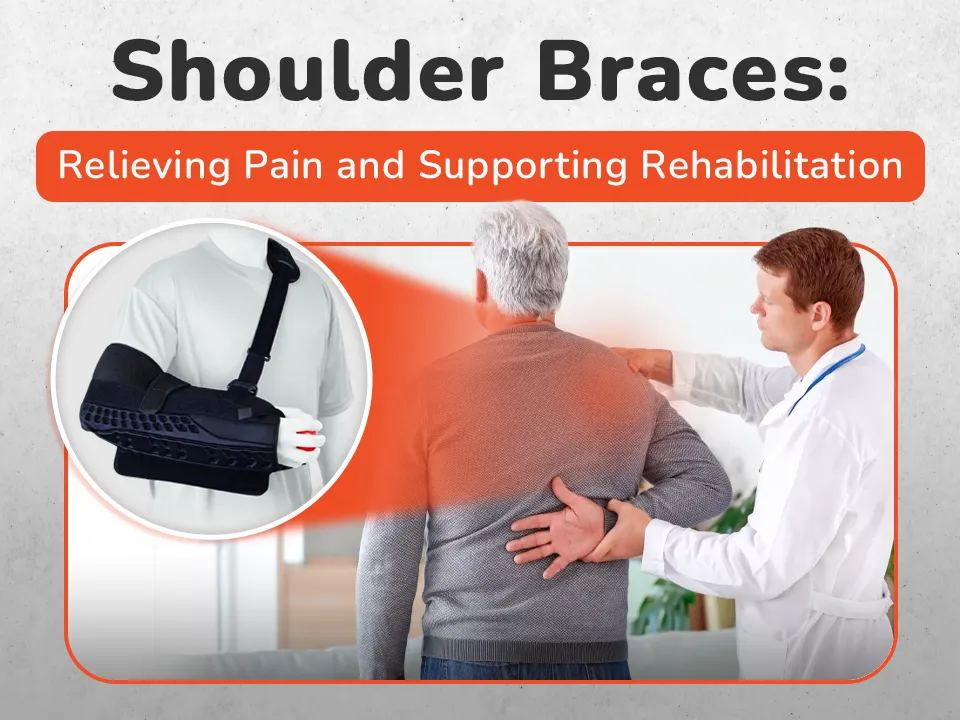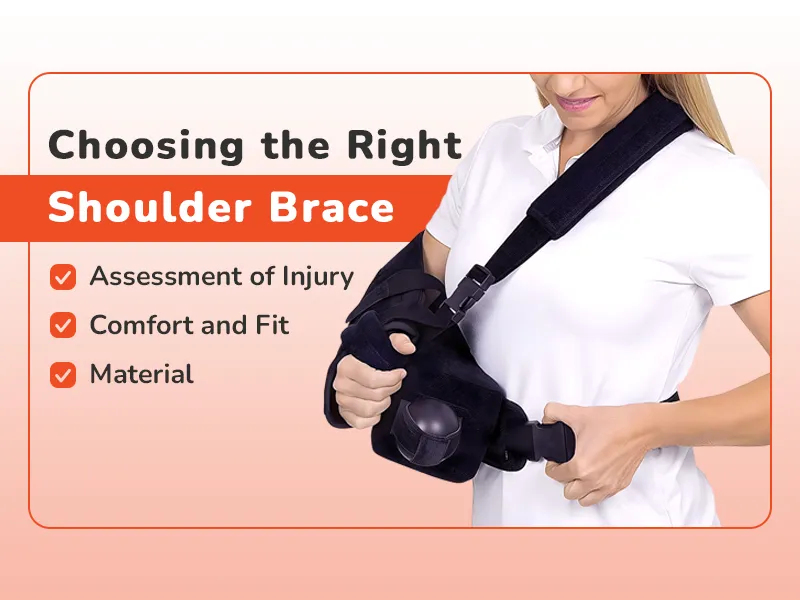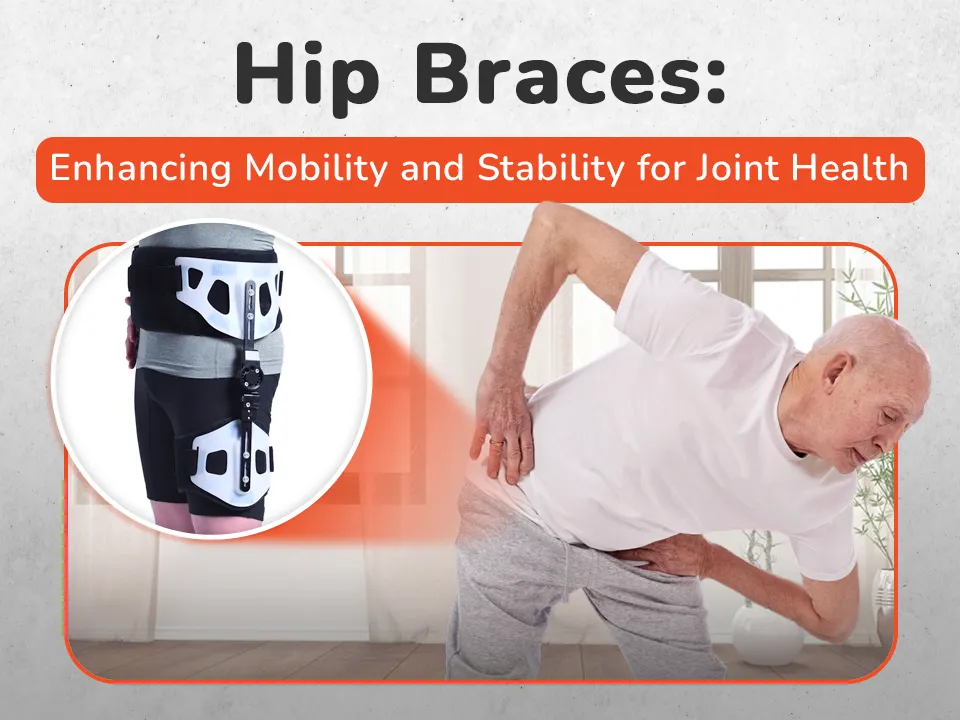Uncovering the Potential of Modern Wrist Braces to Improve Wrist Stability
In the fast-paced world of today, wrist health is more important than ever. Every movement of the hands counts. Because our wrists are constantly moving—whether we are artists, athletes, or computer professionals—they are susceptible to a number of different conditions. This guide clarifies the complexities surrounding wrist health by providing information on conditions, their causes, and cutting-edge treatments. Join us on a deep dive into understanding, safeguarding, and improving wrist stability, as well as learning about the revolutionary potential of contemporary orthopedic solutions, such as Modern Wrist Braces.
Overview of Wrist Anatomy
The human wrist is a marvel of engineering that combines the adaptiveness of evolution with the creative power of nature. It may appear to be just another joint at first glance, but if you look closer, you’ll find a complex network that makes our every move possible. This assembly, which consists of several tiny bones known as carpal bones, interlocks with the ulna and radius, the two forearm bones, to create a surface that allows the hand to move precisely and deftly.
Despite their small size, these bones are crucial because they work perfectly with various thin ligaments that hold them together. In addition to providing stability, these ligaments enable the wide range of motion we see in our hands. Moreover, tiny yet powerful muscles that control the precise movements of our thumb and fingers are dotted throughout this intricate structure.
The way that all of these parts work together in harmony is fascinating. Whether performing a wave or a solid handshake, using a keyboard or an instrument, the wrist guarantees smooth operation. However, because of its intricate design and extreme versatility, it is vulnerable. It becomes a focal point where repeated behaviors or outside pressures can cause various illnesses.
The Wrist’s Vulnerabilities
In the grand scheme of our physiological functions, the wrist, a vital component of our everyday existence, is frequently overlooked. Nevertheless, it carries the bulk of our daily work, blending into our schedules to allow us to carry out simple and complex tasks. Our wrists are the unsung heroes who power every computer keystroke, painting brushstroke, and tennis racket grip.
But there are several difficulties with these daily schedules. Certain jobs, like typing nonstop or knitting in a rhythmic motion, are repetitive in nature and can lead to overuse injuries. Repetitive strain can result in conditions like carpal tunnel syndrome or tendonitis, which compromise the wrist structures due to ongoing stress.
Furthermore, the dangers of repetition are not the only things that threaten our wrists. Playing sports or other high-intensity physical activities exposes them to abrupt, powerful movements. The wrist’s limit can occasionally be stretched by such high-impact activities, resulting in strains or even sprains.
The Leading Reasons Behind Wrist Pain
Even with its intricate design, the wrist is extremely sensitive to certain activities and illnesses. Pain in our wrists is more than just an involuntary discomfort. Rather, it’s frequently a warning sign indicating underlying problems or the outcome of particular activities that put stress on this vital joint. Here’s a closer look at the primary reasons behind the prevalent wrist pain complaint:

- Overuse: Excessive use of our body parts can cause wear and tear, just like with any machinery or tool. Over time, repetitive hand and wrist motions from jobs like typing, playing an instrument, or working on assembly lines can cause pain and inflammation.
- Gout: A type of inflammatory arthritis, gout is frequently misdiagnosed and confused with other ailments. It happens when the body builds up uric acid, which causes jagged crystals to form in the joints, including the wrist. The accumulation causes sharp bursts of pain, swelling, and redness that make the smallest movement of the wrist excruciating.
- Repetitive Strain: Repetitive strain is a more general term that includes a range of injuries caused by repetitive motions. Repetitive strain injuries can affect anyone—office workers engrossed in their work, craftspeople honing their skills, and athletes training for competition. The injury, which is characterized by pain, stiffness, and frequently tingling sensations, can be caused by the wrist’s continuous engagement without enough breaks or by using improper ergonomics.
- Arthritis: The likelihood of developing arthritis rises with age. This disorder is where the cartilage, a cushion between the joints, deteriorates. Although there are many different kinds of arthritis, osteoarthritis, and rheumatoid arthritis are the two main types that affect the wrist. Rheumatoid arthritis is an autoimmune disease, whereas osteoarthritis develops due to wear and tear over time. Both may result in severe wrist pain, oedema, and decreased range of motion.
Orthopedic Modern Wrist Braces: A Contemporary Approach
In a time when medical technology is always developing, orthopedic devices like wrist braces have become a source of hope for many people. These ergonomically designed and research-backed devices offer precise relief, ensuring our wrists receive the necessary support in distress. Let’s examine in more detail the numerous ailments that these braces are designed to treat and mitigate:
- Sprains and Strains: Despite their commonplace appearance, sprains and strains can be extremely painful. The ligaments and tendons in the wrist can be injured by an abrupt twist or overload, resulting in excruciating pain and a limited range of motion. Well-made wrist braces guarantee that the injured area stays stable, lowering the possibility of additional damage and promoting the body’s natural healing process.
- Joint Issues: Because the wrist is a hub of intricate joints, inflammation or weakness can affect how well the joint functions. Orthopaedic wrist braces strongly support these joints, reducing discomfort and promoting range of motion.
- Carpal Tunnel Syndrome: This condition, which is becoming more common in the digital age, is caused by an excessive amount of pressure on the median nerve in the wrist. Braces for this condition help keep the wrist in the best position possible, which lessens nerve compression and relieves symptoms.
- Bone Health: Disorders that weaken the structure of our bones can cause fractures, which are common injuries to our wrists. Here, wrist braces are essential because they immobilize the injured area and promote unhindered healing.
- Arthritis Variants: The functionality of the wrist is particularly challenged by Rheumatoid Arthritis and Osteoarthritis. Whereas osteoarthritis develops due to wear and tear over time, rheumatoid arthritis is an autoimmune disease that causes inflammation of the joints. Personalized wrist braces can offer the support and alignment required to reduce pain and improve range of motion.
- Soft Tissue Concerns: Besides the bones and joints, our wrists also include soft tissues, which need a supportive environment to heal from injuries. Orthopedic wrist braces help to minimize strain and speed up recovery by providing the necessary support for these tissues.
- Recovery: Following wrist surgery or minor medical procedures, the period of recovery is very important. With the proper protection that a wrist brace offers, the healing process proceeds smoothly, and the wrist regains strength and flexibility.
Finding the Appropriate Time to See a Specialist
Because our bodies are intelligent, they constantly send us signals when something isn’t quite right. With its importance in day-to-day activities, the wrist is not an exception. We must be aware of its subtle signs and know when it’s just a passing discomfort and a sign of something more serious. If you encounter any of the following symptoms, it’s obvious that you should see a medical professional:

- Challenges in daily hand tasks: If easy tasks like gripping your morning coffee cup, opening jars, or turning a doorknob become more difficult, it may indicate that your wrist isn’t working at its best.
- Declining grip strength: You should be concerned if you notice a change in your ability to hold objects and experience wrist weakness. This could be a sign of anything from tendon injuries to compression of nerves.
- Discomfort affecting routine tasks: An everyday companion should not be in pain or discomfort. Should you discover that your wrist pain persistently impedes your ability to perform everyday tasks, such as writing, typing, or carrying groceries, you should seek professional help.
- Persistent or worsening numbness: While temporary nerve compression may cause occasional numbness, it’s important to report any persistent pins and needles or numbness worsening over time. Such symptoms are frequently present in conditions such as Carpal Tunnel Syndrome.
Heal Medical Supply: A Comfort and Quality Guarantee
We take great pride in providing wrist braces at Heal Medical Supply that are customized to meet your needs. These braces are made to be comfortable and functional, enabling you to carry out your regular activities without difficulty. Because we prioritize our customers, we can assist you in making your decision. To ensure that you receive the best fit, we also communicate directly with medical specialists.
Read More: Exploring Wrist Braces: A Guide to Injury Prevention and Recovery
A Close Look at the WRIST BRACE

With its distinctive design, our state-of-the-art ARYSE METFORCE WRIST brace provides relief for a variety of conditions. It’s perfect for treating conditions like osteoarthritis, carpal tunnel syndrome, boxer’s fracture, and more. These are its most notable features:
- Bilateral and universal fit.
- Malleable and adjustable frame.
- Hinged, lightweight, and breathable design.
- Constructed from quality materials, including polyester, sponge, nylon, spandex, aluminum, and polyoxymethylene.
Exploring the PURESPEED+® and PURESPEED® Range
At Heal Medical Supply, we understand that one size doesn’t fit all. The PURESPEED+® and PURESPEED® wrist braces have been designed with varied needs in mind. Whether it’s post-operative recovery, mild strains, or more severe conditions, these braces promise both comfort and support.
Reach Out: We’re Here to Assist
Selecting a wrist brace can be overwhelming. Our team at Heal Medical Supply ensures you don’t have to navigate these choices alone. Our wrist braces come in several sizes and provide lightweight and breathable support so that you can continue your daily routine with comfort. If you’re unsure what product is right for you or if you’re eligible for insurance coverage, Heal Medical Supply will provide the guidance you need. We can even communicate with your doctor to determine the best wrist product. Contact us today for a free eligibility check. We’re here to help, ensuring you make an informed decision tailored to your needs.
Conclusion
Ensuring wrist health is paramount. As we move into an era of increasing digital dependency, taking proactive steps to protect and support our wrists becomes crucial. At Heal Medical Supply, we’re committed to this cause, offering products that perfectly blend functionality with comfort.






